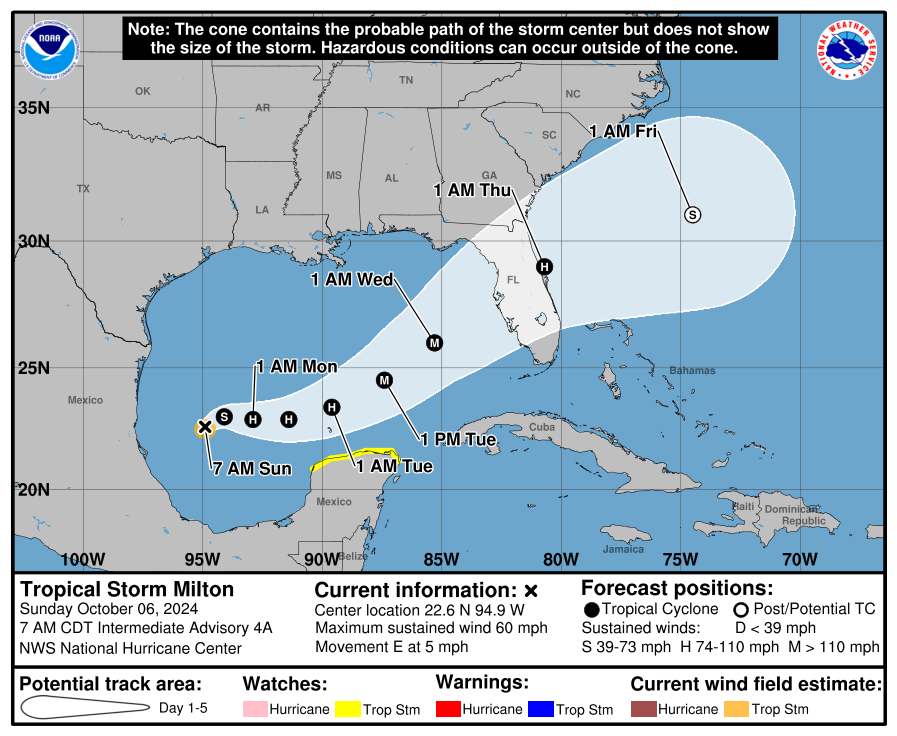Kiteboarding is exhilarating on its own, but when hurricane winds roll in, the excitement—and the risks—hit a whole new level. At Downwinder Kiteboarding Co., we get the thrill of pushing boundaries, but we also know that safety always comes first. Whether you’re a seasoned kiteboarder or just getting started, knowing how to handle hurricane season in Florida can make all the difference.
The Thrill of the Wind: What Hurricane Winds Offer
Hurricane winds are known for delivering some of the most powerful wind conditions you can find in Florida. When the storm is in the right stage, the winds can be strong and somewhat smooth, providing ideal conditions for experienced kiteboarders.
But before we get into the how-tos, let’s get one thing straight: hurricanes are dangerous. Not just for kiteboarding, but for anyone in their path. Safety should always be your top priority. If you’re new to the sport, we strongly recommend sitting out these conditions and letting the pros take the reins.
Know Your Area and the Conditions
Hurricane season means that knowing your local kiteboarding spots is more important than ever. Before heading out, understand how the storm will affect your specific location. Onshore wind conditions are essential, as they give you a safer way to recover if something goes wrong. If you eject or find yourself in a tricky situation, being able to get back to shore quickly is critical.
In Tampa Bay, where I kite, the Skyway Bridge—our main kiteboarding spot—typically closes during hurricanes. This can make it hard to get home if you're riding across the bay and the bridge shuts down. Popular spots like Fort De Soto and South Lido Park also tend to close during storms.
Lassing Park in St. Pete often remains open if the winds are right, making it a solid choice. If we get west winds in our area, most people will head to the beaches. However, the waves will be intense, so if you’re used to riding in flat water, prepare for a big change. Riding in those hurricane-driven waves can be tricky and hard to get the rhythm down if you're not experienced with it.
If you’re planning to kite on the beach, coordinate with other kiteboarders and choose a spot together. People can be spread out along the entire coastline, and you don’t want to be riding alone. Above all, always kiteboard with others in extreme winds, and know how to land quickly if conditions take a turn.
Gear Up: Preparation is Key
Your gear is your lifeline, especially when riding in extreme conditions. Hurricane winds demand a 6m-8m kite, depending on the strength of the winds. Make sure to inspect your equipment thoroughly—now is NOT the time to break out that old bar that’s been collecting dust in the garage. Double-check your lines and safety systems, ensuring everything is in top condition.
If you don’t usually wear a helmet or impact vest, now is the time to seriously consider it. The added protection can give you peace of mind during those powerful gusts, even if it's not something you regularly ride with.
Backup Plan: Be Self-Reliant
Hurricane kiteboarding is not a solo adventure. Always ride with a group and ensure your crew is self-reliant. Emergency services may be stretched thin or unavailable during severe weather, and it’s important to avoid putting first responders in danger. Don’t be the one on the evening news giving kiteboarding a bad reputation—ride smart, have a plan, and know when to call it a day.
Timing is Everything: Managing Wind and Weather Changes
As the eye of the storm approaches, the winds can become unpredictable. The outer edges of the storm typically offer the best conditions—strong winds, but more manageable and steady. Sometimes, the outer bands are even accompanied by sunny skies, offering the perfect opportunity for a ride.
But when you see those dark bands of clouds approaching, it’s time to act. These bands are like a black wall on the water, signaling the arrival of stronger winds and storm conditions. This is your cue to land your kite and take a break. These bands often pass quickly, and there’s usually another window for riding once they’ve cleared.
Know Your Limits
It’s crucial to recognize your limits. Kiteboarding in hurricane conditions isn’t for everyone, and even experienced riders need to be cautious. If you’re not feeling 100% confident or the conditions seem too intense, there’s no shame in sitting it out. Your safety should always come first.
Final Thoughts
Kiteboarding during a hurricane can be an unforgettable experience, but only if you approach it with respect for the power of the storm. Know your local spot, prepare your gear, and always ride with a self-reliant group. The winds will always be there, but your safety should be your top priority.
Stay safe, ride smart, and don’t forget to gear up with Downwinder Kiteboarding Co. Apparel as you take on those extreme winds!
Tight lines and big air!
Scott & Eryn
Downwinder Kiteboarding Co.

